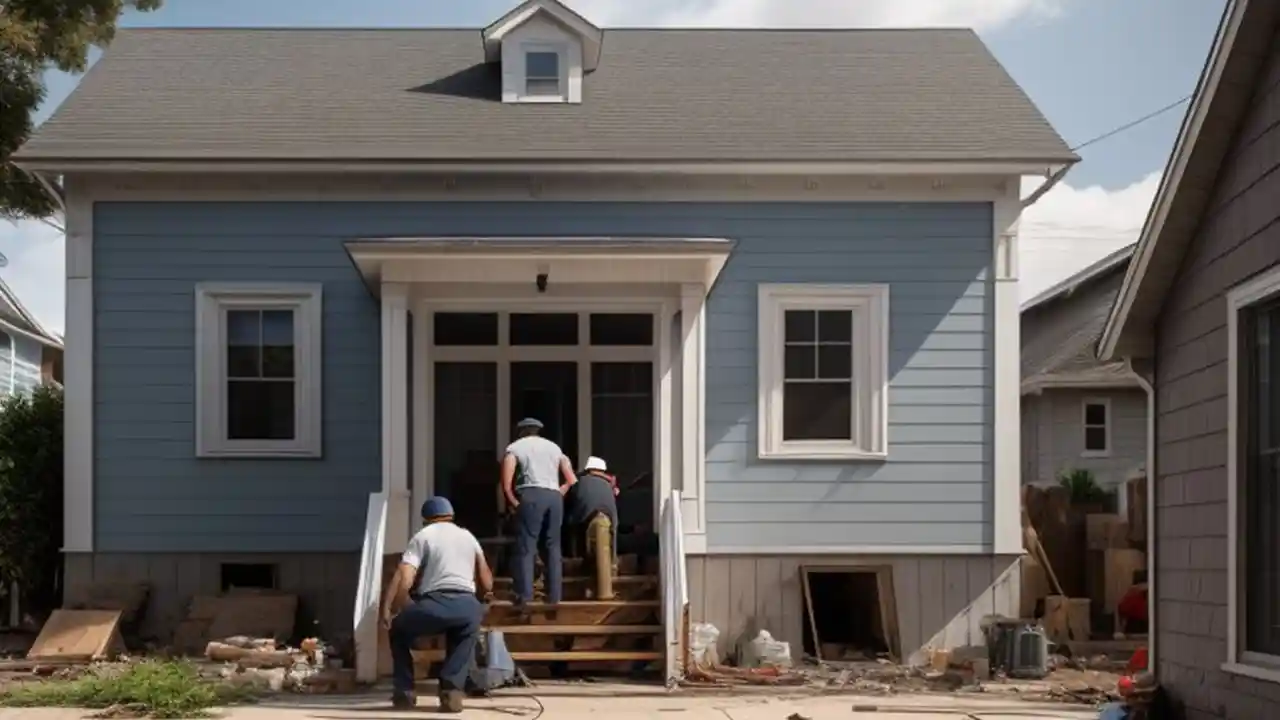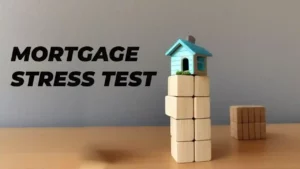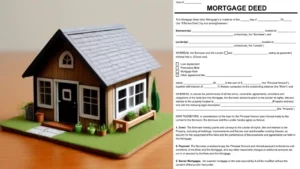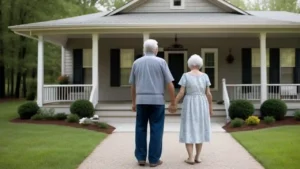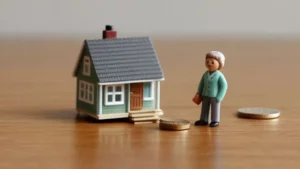Mortgagerateslocal.com – Have you heard about reverse mortgages but don’t quite understand how they work? Did you know that reverse mortgage home maintenance requirements can have a significant impact on your eligibility and overall experience with this type of loan? It’s true! While reverse mortgages offer many benefits, they also come with certain responsibilities and obligations that borrowers need to be aware of.
Imagine being able to enjoy the equity in your home without having to sell it or make regular mortgage payments. That’s the beauty of a reverse mortgage – a loan specifically designed for homeowners aged 62 and older. With this financial tool, you can tap into your home’s equity, receiving a loan or a line of credit that you won’t have to pay back until you sell the property, move out, or pass away.
In order to qualify for a reverse mortgage, your home must meet specific maintenance standards set by the Federal Housing Administration (FHA). These requirements ensure that the property remains in good condition, protecting both the lender’s investment and your own living environment. From keeping the roof in good shape to maintaining functional electrical and plumbing systems, these maintenance obligations play a crucial role in the reverse mortgage process.
Now, you might be wondering, why are these maintenance requirements so important? The answer is simple: they safeguard the value of your home and prevent any potential hazards that may arise due to neglect or improper upkeep. By fulfilling these obligations, you not only protect your investment but also maintain a comfortable and secure living space for yourself and your loved ones.
We’ll explore how you can successfully meet these responsibilities and maximize the benefits of a reverse mortgage. So, let’s dive in and discover how you can unlock the potential of your home while ensuring its long-term vitality!
What is Reverse Mortgage Home Maintenance?
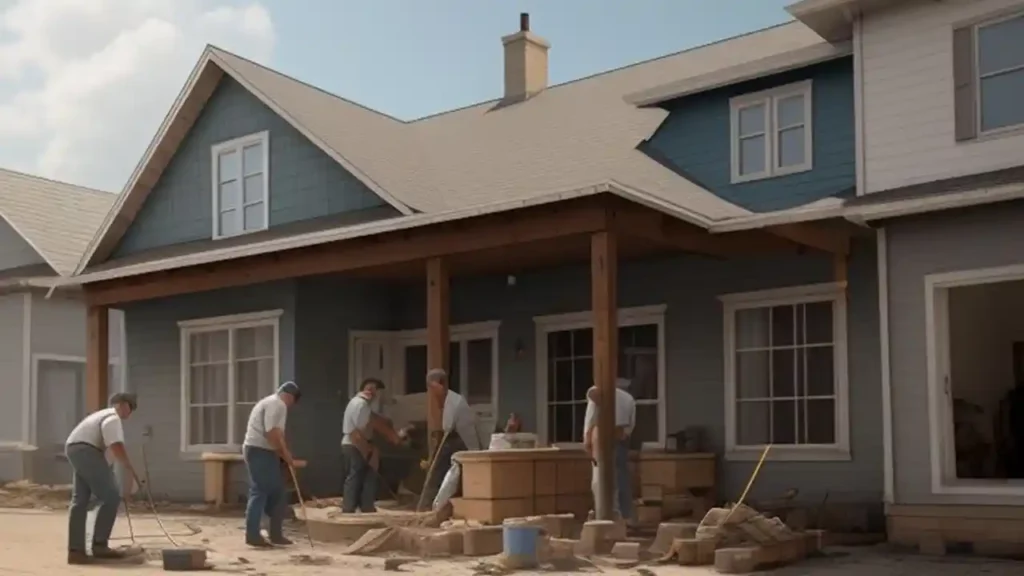
Reverse mortgages are becoming increasingly popular among senior citizens in the United States. They are issued by lenders and insured by the FHA. The main purpose of a reverse mortgage is to offer financial relief for older homeowners who have accumulated substantial equity in their homes over the years.
Unlike traditional mortgages, reverse mortgages do not require monthly mortgage payments. Instead, homeowners are able to receive loan proceeds based on the appraised value of their homes, their age, and the current interest rates. They can choose to receive the funds as a lump sum, a line of credit, fixed monthly payments, or a combination of these options.
When a homeowner takes out a reverse mortgage, the loan amount is based on the appraised value of the property, the homeowner’s age, and the interest rate. The loan does not have to be repaid until the homeowner no longer lives in the home, sells the property, or passes away. At that point, the loan balance, including interest and fees, must be settled.
One important requirement of a reverse mortgage is that the homeowner must continue to maintain the home and keep up with necessary repairs. This is to ensure that the property retains its value and remains habitable. Failure to meet these maintenance requirements could result in defaulting on the loan.
In addition to home maintenance, there are other obligations that homeowners must meet. They are required to pay property taxes and homeowners insurance, for instance. These costs are not covered by the loan proceeds and must be paid separately by the homeowner.
Reverse Mortgage Home Maintenance Requirements
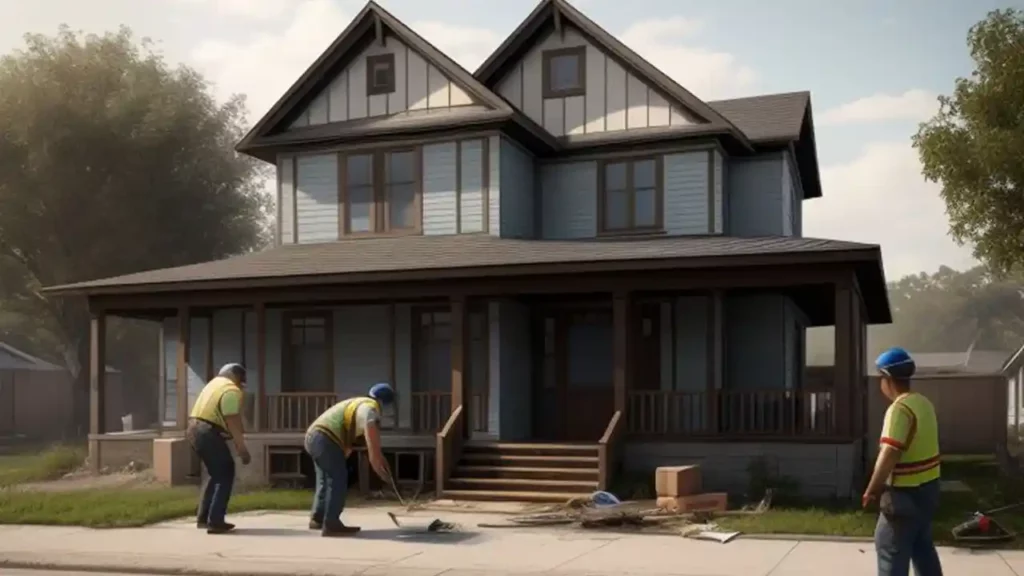
Home maintenance is a vital aspect of reverse mortgages. Lenders require homeowners to keep their properties in good condition to protect their investment and maintain the value of the home. While specific requirements may vary depending on the lender, there are several common maintenance expectations:
1. Regular Property Inspections
Lenders typically conduct regular property inspections to ensure that the home meets their maintenance standards. These inspections can include checking for structural integrity, identifying any potential issues, and verifying that the property is being properly cared for. They may occur annually or semi-annually, depending on the terms of the loan agreement.
During the property inspection, the lender may assess the overall condition of the home, including its exterior and interior. They may look for signs of neglect or deterioration and may also check if any repairs are needed. It is essential for homeowners to be proactive in addressing any issues found during these inspections to comply with the terms of the loan.
2. Prompt Repairs
If any repairs are identified during a property inspection, homeowners are typically required to address them promptly. This is important to maintain the integrity and value of the property. Failure to make necessary repairs within a reasonable time frame can be considered a violation of the reverse mortgage agreement.
Common repairs that may need attention include fixing plumbing issues, repairing roof leaks, ensuring proper functioning of electrical systems, and maintaining the overall cleanliness of the home. Homeowners should be proactive and make necessary repairs as soon as they are identified to avoid potential penalties or jeopardizing their reverse mortgage.
3. Landscaping and Yard Maintenance
Homeowners are responsible for maintaining the property’s yard and landscaping. This includes regular lawn care, watering, trimming trees and shrubs, and keeping the overall appearance of the exterior tidy. Neglecting landscaping and yard maintenance can not only lead to a decline in the property’s value but can also violate the terms of the reverse mortgage.
While homeowners can choose to hire professional landscapers to handle these tasks, they can also take care of them themselves, depending on their abilities and preferences. Regularly mowing the lawn, removing weeds, and keeping the yard well-maintained are essential components of meeting the reverse mortgage home maintenance requirements.
4. Basic Home Safety Measures
Ensuring the safety and security of the home is crucial for reverse mortgage borrowers. Homeowners are expected to maintain basic safety measures to protect their property and themselves. This can include installing working smoke detectors, carbon monoxide alarms, and fire extinguishers.
Furthermore, homeowners are encouraged to take steps to prevent accidents and injuries, such as installing handrails on staircases, securing rugs and carpets to prevent tripping hazards, and keeping the home well-lit. These measures not only satisfy the requirements of the reverse mortgage agreement but also contribute to the overall well-being of the homeowner.
Tips for Managing Home Maintenance
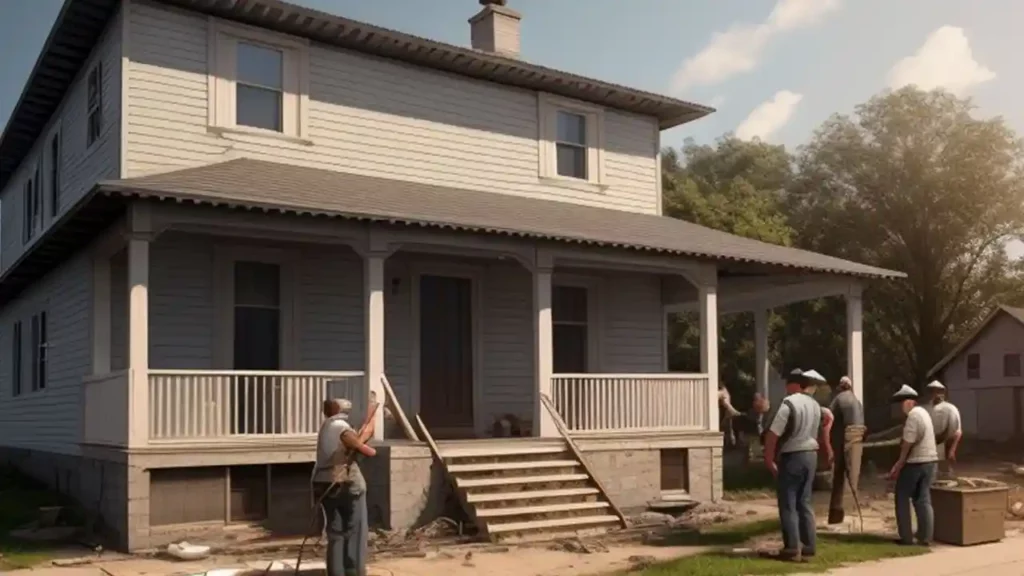
When it comes to reverse mortgage home maintenance requirements, it is important for homeowners to prioritize regular upkeep and repairs. Here are some useful tips to help you manage your home maintenance effectively.
Create a Maintenance Schedule
Establishing a routine maintenance schedule is vital to stay organized and ensure that all necessary tasks are completed promptly. By setting aside specific times for inspections, cleaning, and tackling minor repairs, you can prevent issues from escalating into expensive and time-consuming problems.
Start by creating a checklist of maintenance tasks that need to be performed regularly. This can include checking the HVAC system, inspecting the roof for leaks or damage, cleaning gutters, and maintaining the landscaping. By following a schedule, you can stay on top of these essential maintenance tasks and preserve the value and integrity of your home.
Budgeting for Maintenance Costs
Effective financial planning plays a crucial role in successfully managing your home maintenance requirements. Budgeting for home repairs and maintenance helps ensure that you have sufficient funds available to cover these expenses when they arise.
One way to budget is to set aside a percentage of your monthly income specifically for home maintenance. This can be based on the average costs of common repairs and maintenance tasks. Another important aspect to consider is unexpected repairs. It is always advisable to establish an emergency fund to address any unexpected issues that may arise, such as a leaking pipe or a malfunctioning appliance.
By being financially prepared, you can avoid the stress and strain of unexpected costs and keep your home in good condition.
Stay Educated and Well-Informed
Keeping abreast of home maintenance best practices and potential issues is crucial for homeowners. Staying educated and well-informed about your home can empower you to address problems swiftly and efficiently.
One way to stay informed is by attending workshops or seminars on home maintenance. These events offer valuable insights into various aspects of home upkeep, such as HVAC maintenance, plumbing, and electrical systems. Professionals in the field often organize these workshops and can provide expert guidance on how to effectively maintain your home.
Additionally, there are numerous online resources available that provide tips and advice on different home maintenance tasks. Websites, blogs, and forums can offer practical information on DIY repairs and preventive maintenance measures. By leveraging these resources, you can expand your knowledge and become better equipped to handle various maintenance issues as they arise.
Financial Implications for Neglecting Home Maintenance
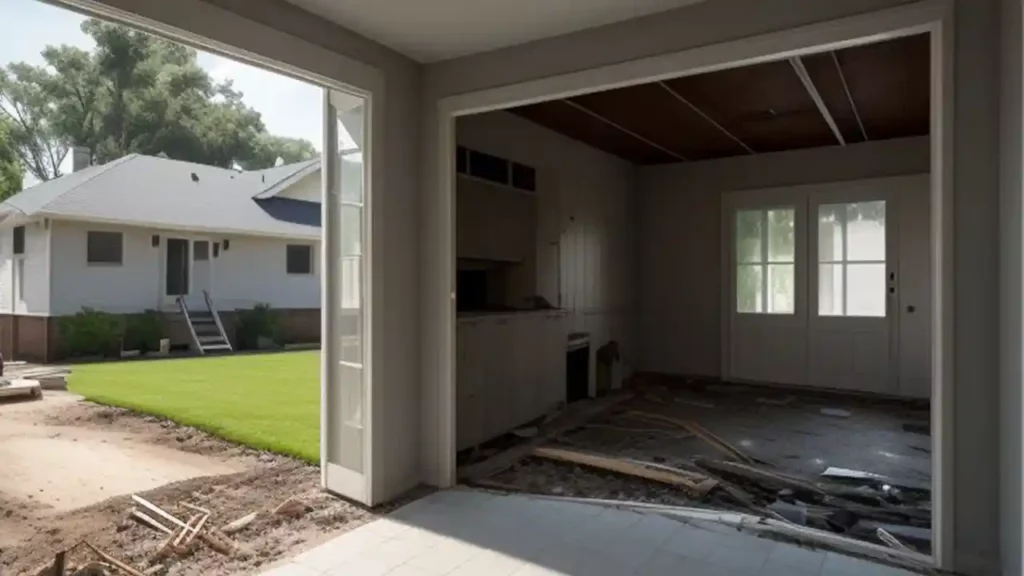
One of the key responsibilities that comes with obtaining a reverse mortgage is the obligation to meet the home maintenance requirements. While it may seem like just another burden, neglecting these obligations can have significant financial consequences for borrowers.
When borrowers fail to fulfill their home maintenance obligations, they violate the terms of their reverse mortgage agreement. This violation can have severe repercussions, and it is essential for borrowers to understand the potential risks involved.
One of the most immediate consequences of neglecting home maintenance is the possibility of facing penalties. Lenders can impose fines for non-compliance, and these penalties can quickly accumulate, further burdening borrowers with additional financial obligations.
Moreover, disregarding home maintenance requirements can also result in increased interest rates. Lenders might view the borrower’s negligence as a breach of trust, which can lead to a reassessment of the loan terms. As a result, the interest rate on the reverse mortgage may be adjusted, leading to higher monthly payments or an increased overall loan balance.
Foreclosure is another potential outcome for borrowers who consistently fail to meet their home maintenance responsibilities. In extreme cases where the property falls into disrepair and poses a significant risk, the lender may decide to initiate foreclosure proceedings. This could result in the borrower losing their home and being forced to repay the remaining loan balance.
It is crucial for reverse mortgage borrowers to be fully aware of the risks and consequences associated with neglecting home maintenance. By proactively addressing their maintenance responsibilities and ensuring their property is well-maintained, borrowers can protect their investment and experience a smoother loan process.
Conclusion
In conclusion, reverse mortgage home maintenance requirements play a crucial role in ensuring the longevity and value of the property. From maintaining the interior and exterior of the home to keeping up with repairs and improvements, homeowners are obligated to meet certain maintenance standards set by the lender. By following these requirements, homeowners can not only protect their investment but also create a safe and enjoyable living environment.
